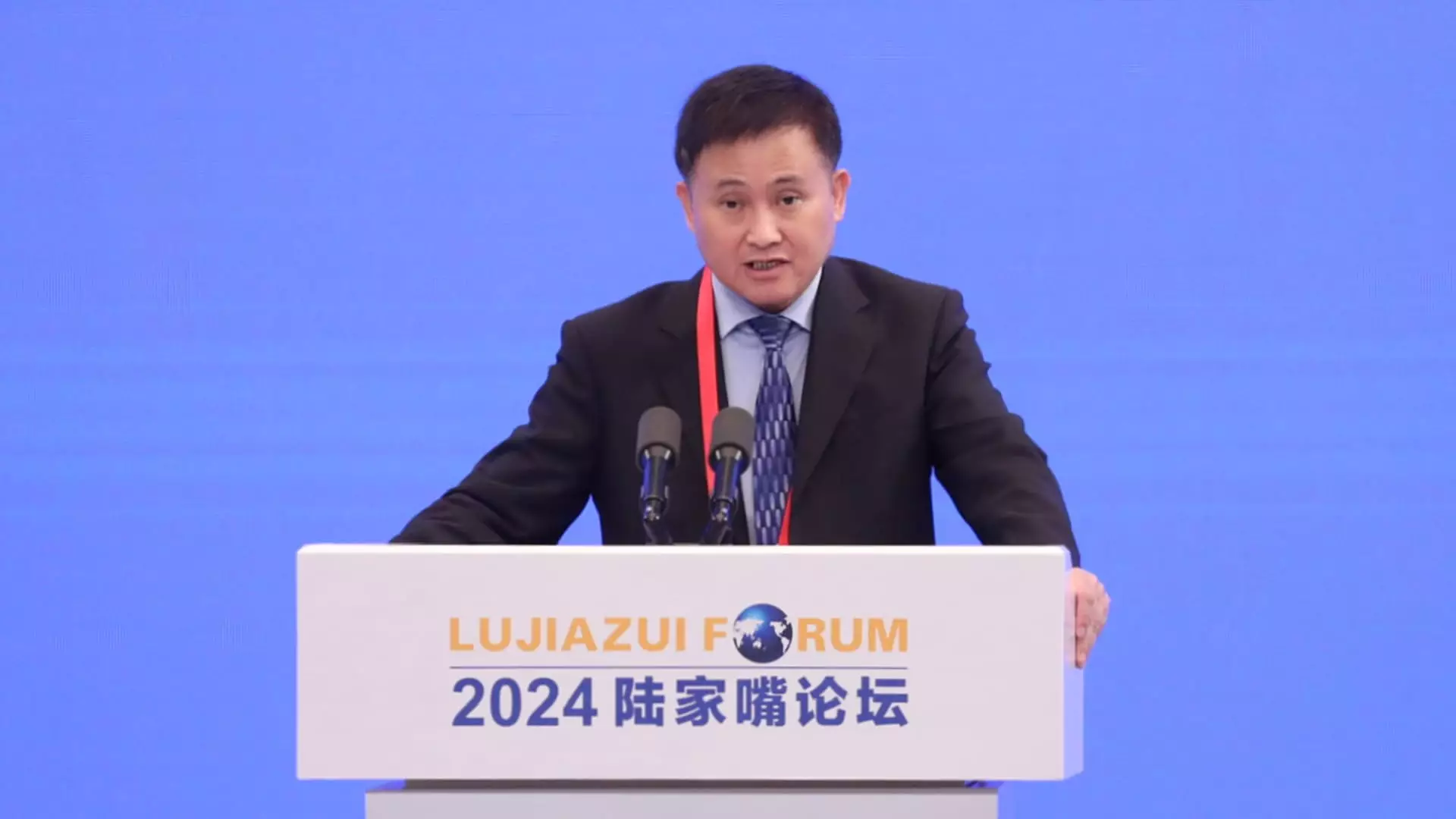In a significant announcement from the People’s Bank of China (PBOC), Governor Pan Gongsheng emphasized the central bank’s commitment to sustaining a supportive monetary policy during a meeting of the National People’s Congress Standing Committee. As China’s economy encounters various short-term challenges, PBOC’s intent to ramp up counter-cyclical monetary policies signals an adaptable response aimed at stabilizing economic growth. This approach is crucial as it implies that the central bank is willing to take measures that directly address unforeseen economic fluctuations, aiming to reassure both domestic and international stakeholders of its proactive stance.
Counter-cyclical policies are essential tools for managing economic conditions that diverge from desired performance levels. By adopting these measures, the PBOC aims to mitigate adverse effects from market volatility and external economic pressures. In the context of the ongoing global economic uncertainty, it becomes increasingly clear that such proactive monetary measures can provide a buffer against potential shocks. Thus, the language used by Pan during the meeting sheds light on the PBOC’s strategy of not just reacting to economic indicators but also anticipating future challenges in a proactive manner.
Moreover, alongside monetary adjustments, fiscal strategies are equally critical. Minister of Finance, Lan Fo’an, addressed the committee by unveiling intentions to augment local government debt limits, a move designed to manage existing debts more effectively. This is a noteworthy aspect of the fiscal stimulus approach, as many local governments grapple with substantial hidden debt. By increasing the debt ceiling, the government not only aims to enhance transparency but also reinforces the liquidity of local economies. This dual approach – invigorating both fiscal and monetary policy – demonstrates a coordinated effort to foster resilience in the face of economic challenges.
The PBOC’s recent decisions to cut interest rates highlight an acknowledgment of trends in global monetary policy, particularly the U.S. Federal Reserve’s easing cycle. As the Fed shifts to lower rates, competition in global finance necessitates a strategic response from China. These interest rate reductions by the PBOC serve a dual purpose: stimulating domestic investment by making borrowing more affordable and maintaining competitive parity with international monetary policy that influences capital flows and investment patterns.
Looking Ahead: Stability Amid Uncertainty
The convergence of these monetary and fiscal strategies aims to provide a stable economic environment within China. With the spotlight on measures enacted during the ongoing session of the National People’s Congress, the anticipation of further fiscal stimulus measures could allay fears of prolonged economic stagnation. It remains essential for the PBOC and government policymakers to balance short-term interventions with long-term growth strategies, ensuring that immediate responses do not compromise broader economic health.
The PBOC’s pivot towards a more supportive monetary policy, coupled with fiscal reforms, indicates a robust commitment to navigating through challenging economic tides. The focus on counter-cyclical measures will hopefully provide the necessary impetus for sustainable growth, ensuring economic stability in an increasingly complex global landscape.

